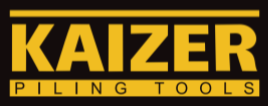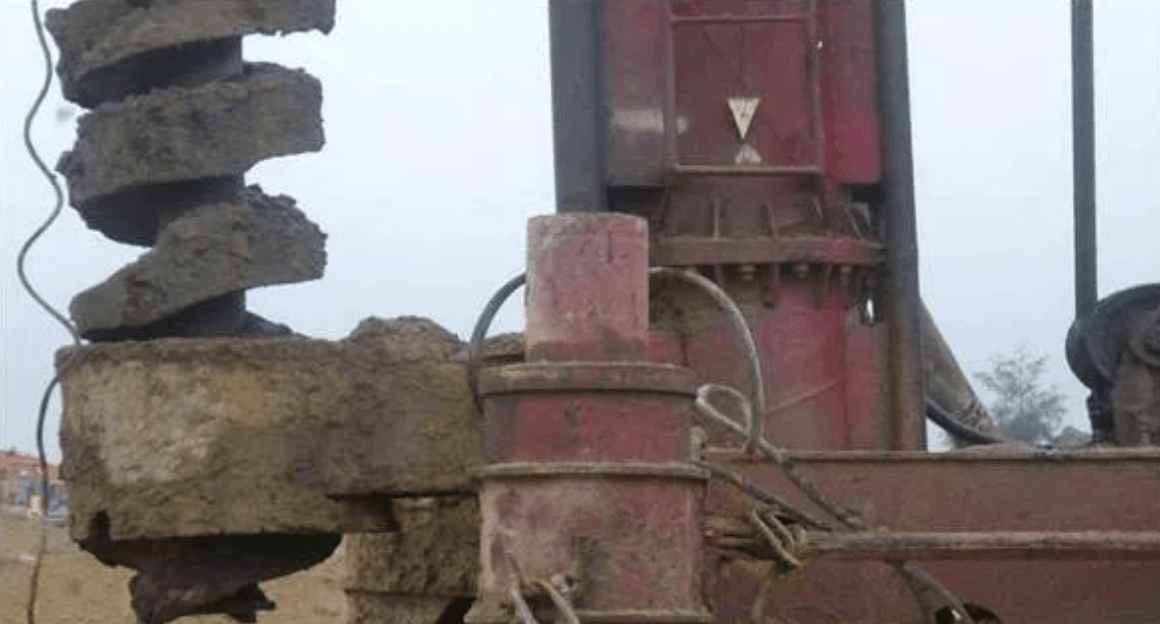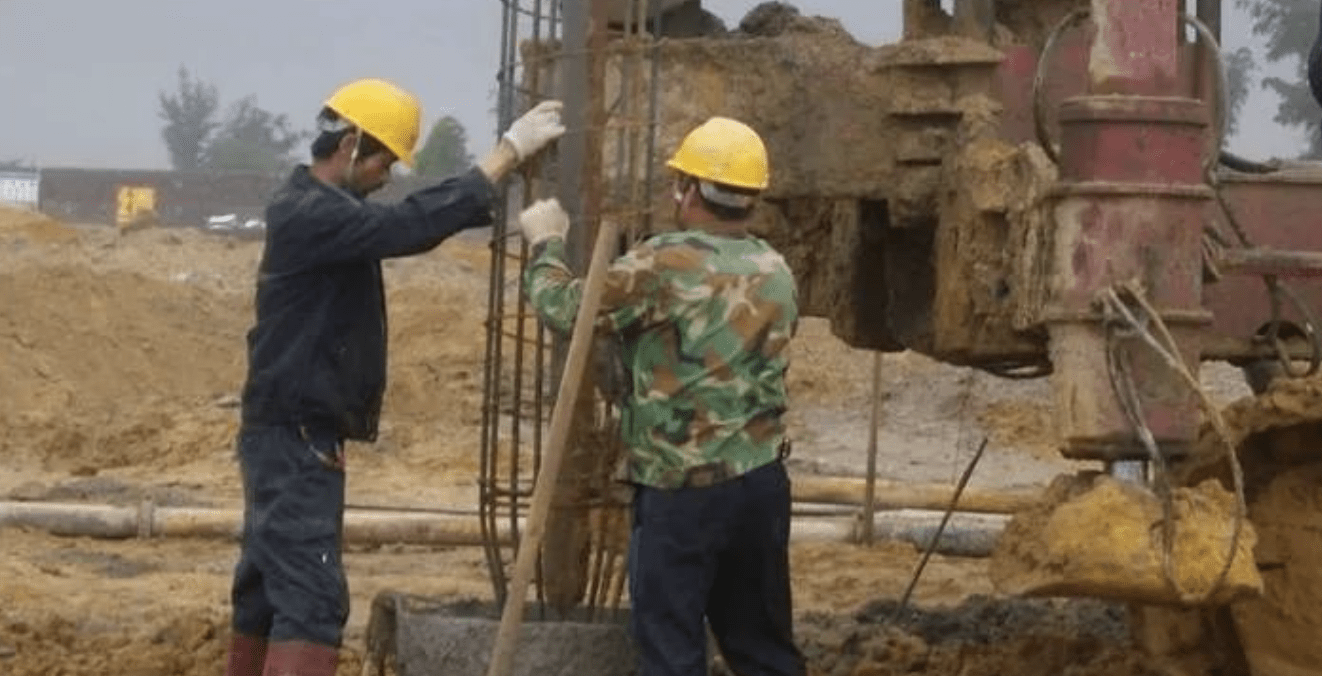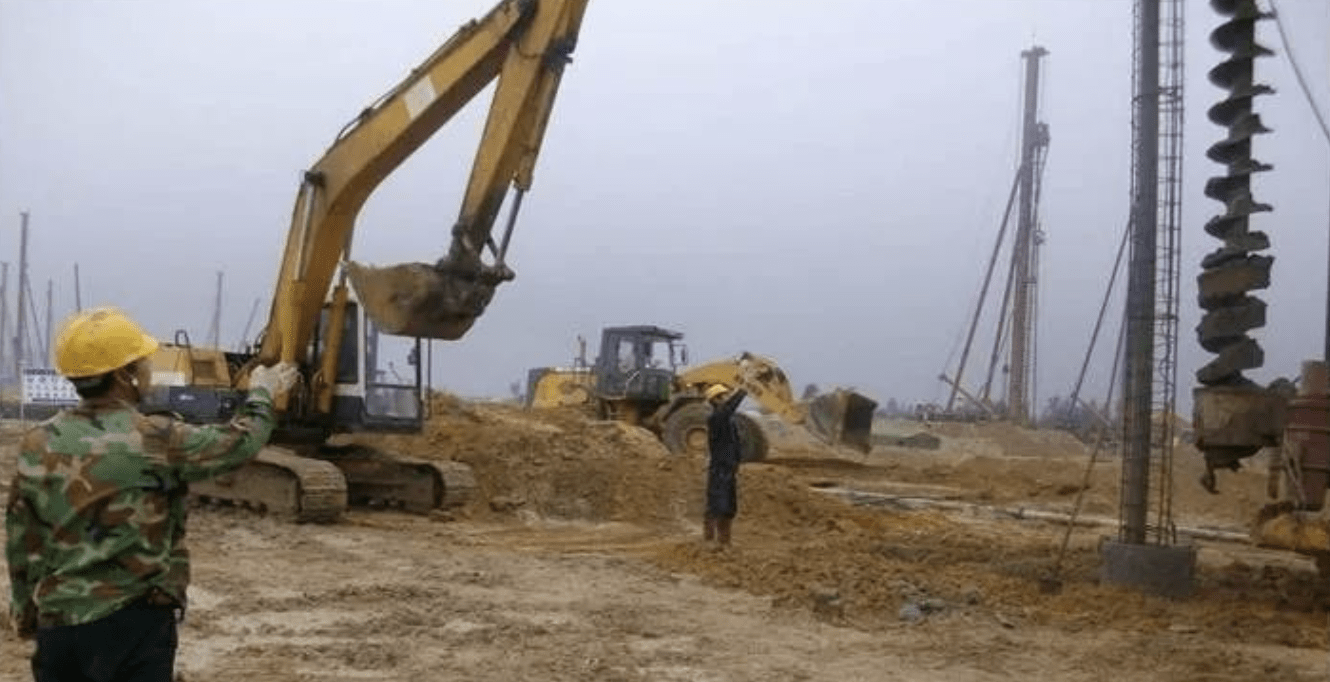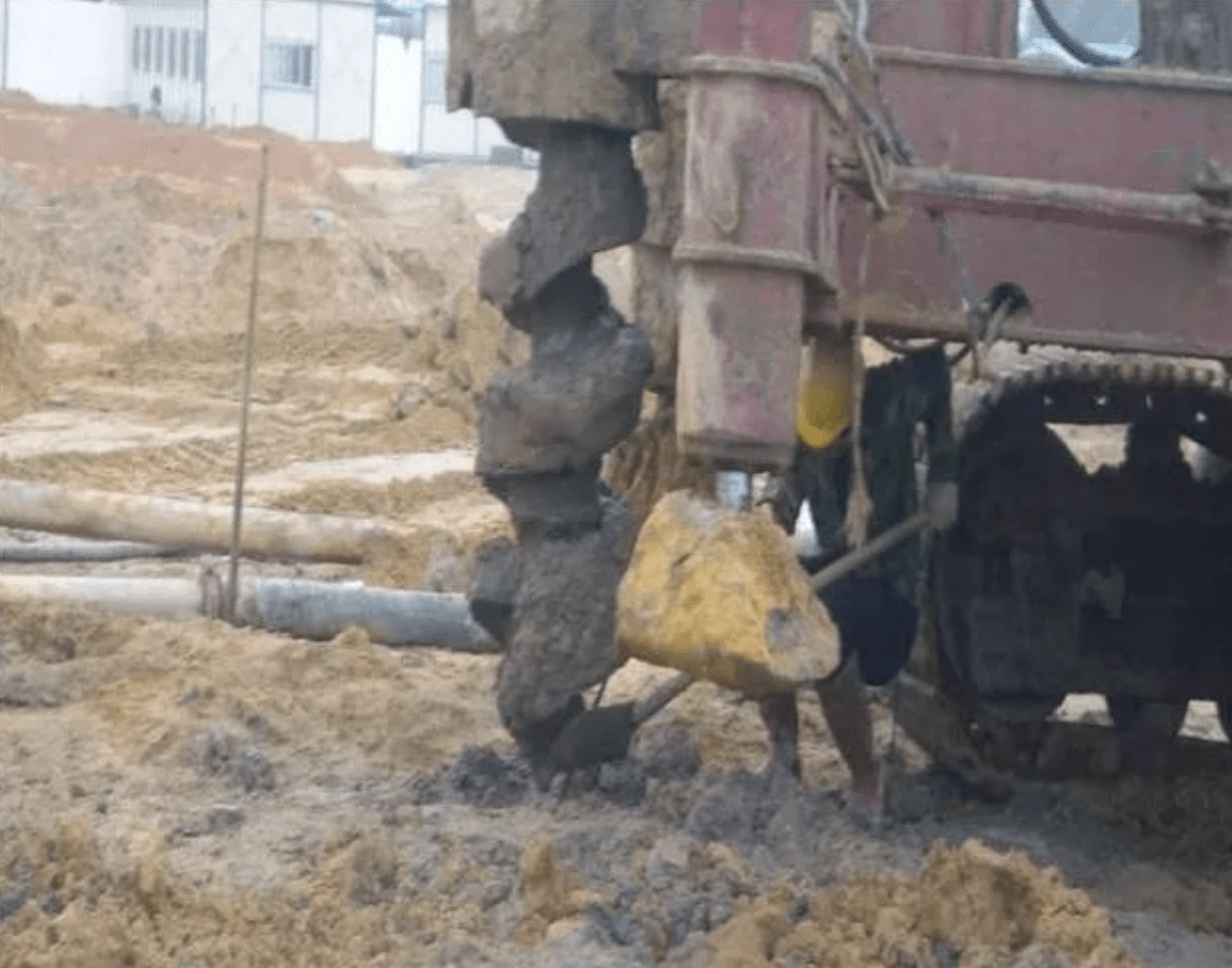1. Process Characteristics
Long spiral drilling grouting piles utilize super-fluidized concrete with excellent flowability (slump 20-25cm), ensuring uniform aggregate distribution without segregation. This construction method offers several advantages:
- High-quality execution: Minimizes risks of pile breakage, necking, and hole collapse.
- Strong penetration capability: Efficiently drills through hard soil layers with high single-pile bearing capacity.
- Eco-friendly operation: Low noise, no slurry wall protection required, and non-disruptive to the surrounding soil.
- Cost-effective: Lower overall project costs compared to other pile types.
- Design compliance: Follows dry-hole drilling pile design standards (performance metrics between slurry-wall piles and precast piles).
2. Applications
Ideal for:
- Foundation piles in buildings/structures
- Retaining piles for excavations/deep pits
- Various soil conditions (fill, silt, sand, pebble layers, and groundwater-rich strata)
- Challenging geologies (soft soil, quicksand)
Standard pile diameter: 500–800mm
3. Working Principle
- Drill to design depth using a long spiral drill rig.
- Pump super-fluidized concrete through the drill pipe while retracting it.
- Insert the reinforcement cage into the fresh concrete.
- Overpour concrete by 50cm above the pile top to ensure strength integrity.
4. Construction Workflow
4.1 Steel Reinforcement Procurement & Testing
- Verify material certifications (origin, specifications, batch numbers).
- Conduct sampling tests under监理 supervision.
4.2 Equipment Selection
- Primary machinery: Track-mounted long spiral drilling rigs, vibratory hammers, and excavators.
4.3 Survey & Positioning
- Establish control networks using total stations/theodolites.
- Mark pile locations with bamboo/steel markers; verify every 10 piles with benchmark stakes.
4.4 Drilling Process
- Verticality control: Dual plumb-bob alignment (deviation <20mm).
- Drilling speed: 1–1.5m/min; halt for issues like bit jamming.
- Depth verification: Confirm via drill pipe markings and监理 inspection.
4.5 Concrete Pouring
- Pump placement: Minimize pipe bends for smooth flow.
- Slump control: Maintain 180–220mm; reject non-compliant batches.
- Synchronized operation: Match pump rate with lifting speed (2.5m/min max).
- Quality samples: Prepare 150mm³ test cubes per shift (28-day curing).
4.6 Reinforcement Cage Fabrication
- Weld main bars (5d lap length) and spirals on dedicated platforms.
- Inspect before use (监理 approval required).
4.7 Cage Insertion
- Timing: Insert within 3 minutes post-concreting.
- Verticality: Monitor via dual plumb lines; vibratory hammer assists embedding (1.2–1.5m/min).
4.8 Post-Construction
- Documentation: Real-time logs signed by监理.
- Cleanup: Remove spoil without damaging piles.
- Testing: Conduct pile integrity tests after 28 days (static load/NDT).
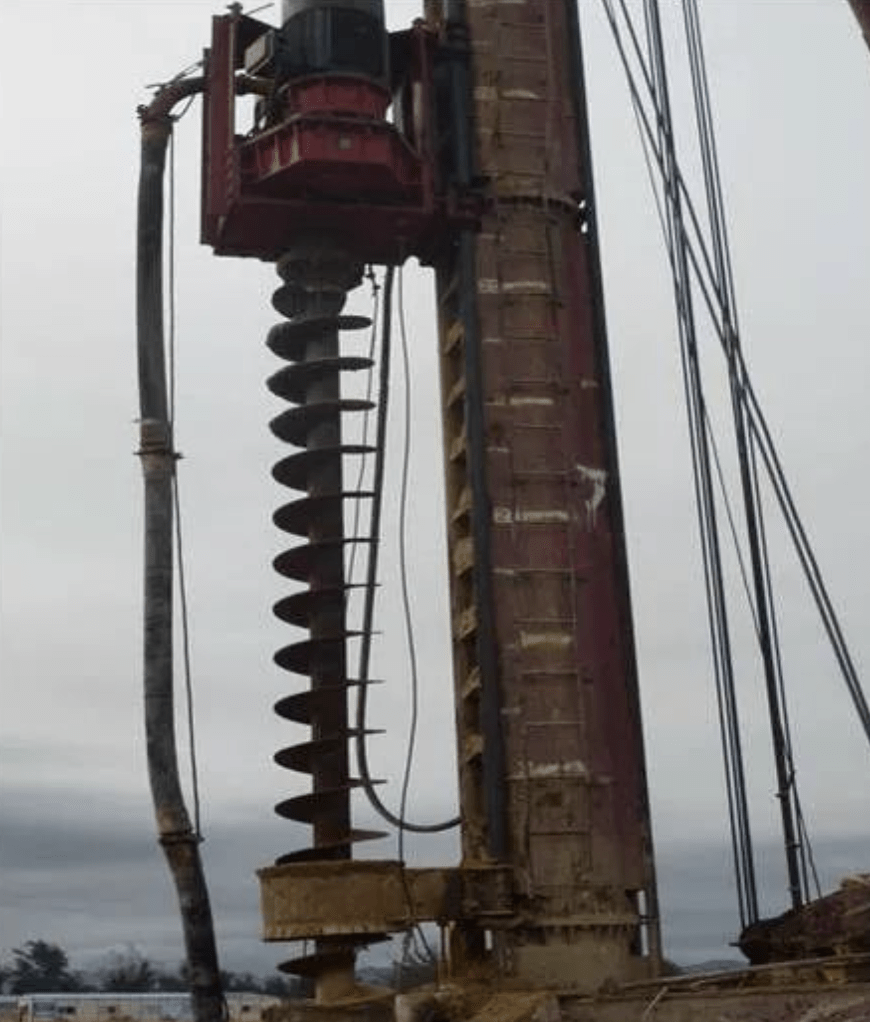
5. Quality Defects & Countermeasures
| Issue | Cause | Solution |
|---|---|---|
| Hole wall collapse | Weak soil/water seepage | Stabilize with sheet piles/grouting |
| Excessive base debris | Inadequate cleaning | Post-drilling inspection/grout seal |
| Water accumulation | Poor drainage | Use submersible pumps/dry-mix concrete |
| Bent reinforcement cage | Weak welding/transport damage | Fabricate on rigid platforms |
6. Critical Quality Controls
- Material compliance: Concrete/steel must meet design specs.
- Concrete volume: ≥Calculated quantity.
- Overpour: +50cm above design pile top.
- Drilling depth: Reach bearing layer (end-bearing piles: slag ≤100mm).
- Safety buffer: No drilling within 5m of fresh piles (<24h).
Allowable deviations:
- Pile position: ≤50mm
- Verticality: ≤1%
